You may have heard the tragic story of Microsoft Kin devices – an entirely new mobile platform launched and discontinued in just 48 days. Today we want to revisit one of Microsoft’s slightly more successful mobile projects. Of course, this is one of the lowest success bars to clear.
Remember the Nokia X line? No, not the current X-phones produced by HMD Global. The original X series started under Nokia and was announced by Stephen Elop at MWC 2014 in February. If that name triggered an alarm bell in your head, yes, it was during the handover of the Nokia Devices & Services division to Microsoft.

The deal was signed at the end of 2013 but would not end until April 2014, after the launch of the Nokia X phones. The phones were a hodgepodge of several things, but they were the Finnish company’s first Android devices, which it has spent years and billions of euros trying to use alternative platforms.
It started with the Nokia X and the Nokia X +. They were pretty much the same device, but the X + had more RAM – 768MB instead of 512MB – and came with a pre-installed 4GB microSD card. As you can already see, these weren’t high-end devices.

They were interesting, though. They ran on Android (4.1 Jelly Bean initially), but they didn’t have access to the Google Play Store. Microsoft and Nokia wanted to create an alternative software ecosystem similar to what Amazon was doing with Fire OS.
Earlier in its life, the Nokia X platform was known as the “Asha on Linux” project, which should show you the target market for these devices. Asha phones straddled the line between feature phones and smartphones: they were cheap, affordable, decently capable, and were part of Nokia’s “next billion” strategy (the goal was to connect 1 billion people to the internet for the first time).
The original Asha platform wasn’t much more powerful than the Series 40 even though it ran WhatsApp, Facebook, Angry Birds, and had a basemap app. The X series was theoretically as powerful as any Android, as long as the software accommodated the limited RAM.

To be fair to Nokia and Microsoft, this wasn’t a low-effort project. They brought some of their most popular apps: HERE Maps for navigation, the Xpress browser, the MixRadio music player, even Skype and Outlook for communication.
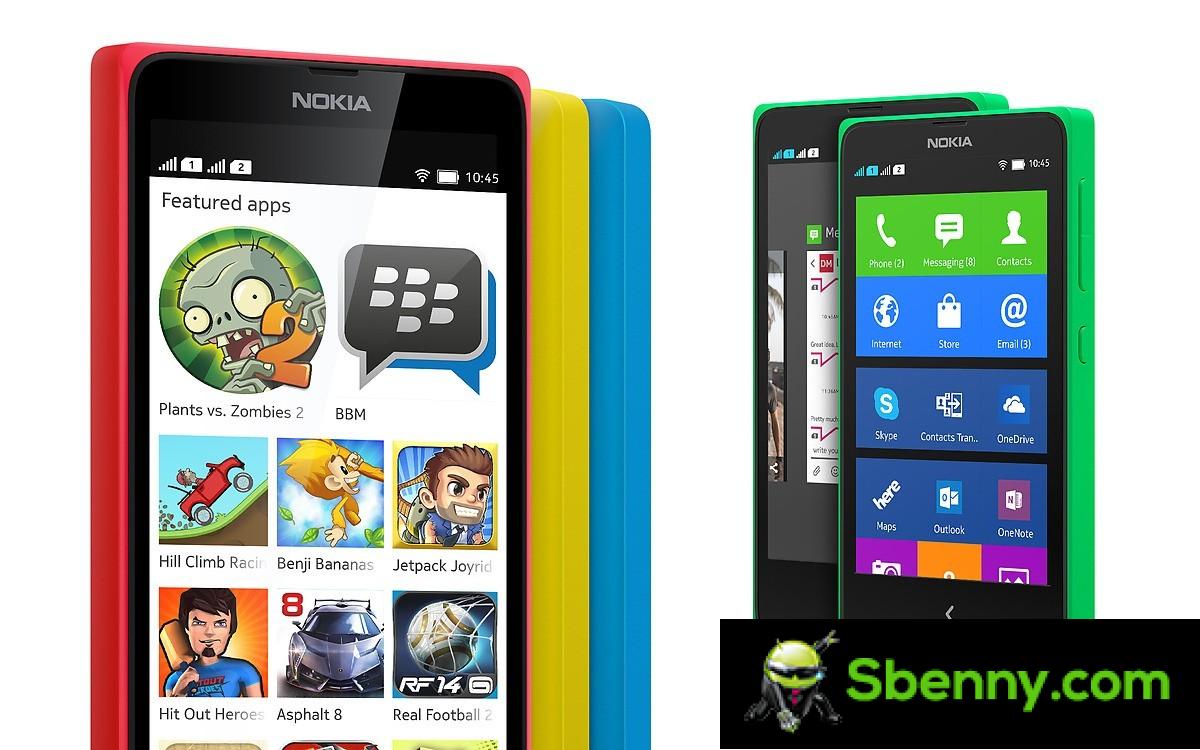
In addition to the Nokia Store, X phones can also download apps from the Yandex Store. If you didn’t know it was one thing, don’t worry, most people didn’t know either. Eventually (with version 2.1 of the platform) users could install the Google Play Store and Google Play Services.
Let’s take a closer look at the specs. The Nokia X featured a 4.0 “(480 x 800) IPS LCD and was powered by a Snapdragon S4 Play chipset (dual 1.0 GHz Cortex-A5 CPU, Adreno 203 GPU). It had 512 MB of RAM and 4 GB of internal memory. On the back was a 3.15MP camera (480p video), above a 3.5mm jack. The phone ran on a 1,500mAh battery. The X + was essentially the same except for the additional RAM (768 MB) and the pre-installed microSD card.


Nokia X • Nokia X +
This hardware might sound familiar – it’s not far from the Lumia 520 launched a year earlier. And we have fond memories of the 520 (but we hardly even remember the Nokia X, funny how it worked).
The Nokia X (dual SIM) launched in India at ₹ 8,600 (which was equivalent to $ 140 / € 100 at the time), costing more than the Lumia 520. It also hit Malaysia for MYR 400 ($ 120).
Since Nokia has decided to use only the core of Android, it has developed its own interface to go to the top. You can read our review for more details, here we will quickly break down the system.
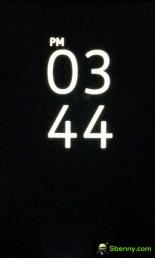
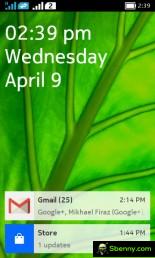


Nokia X platform: Always-on display • Lock screen • Home screen
It featured the Fastlane home screen, borrowed from Asha phones. It might sound inspired by Windows Phone tiles, but Nokia has asked third-party developers to stick to Android’s design guidelines rather than trying to mimic Windows. You can place shortcuts and widgets on your home screen and resize them as you see fit.
The current Fastlane was on the left – this was a timeline that included everything from recent calls to recently used apps, new photos and inbox, and so on. It was highly customizable and you could hide some of the stuff to reduce clutter.




Fastlane’s interface was a timeline of recent events, files, and apps
The X phones came with a Chromium-based browser with tabs and was fast enough on 3G too. The Facebook and Twitter apps were also pre-installed.

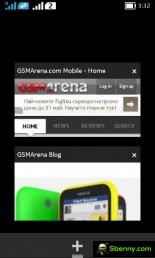
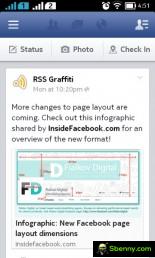

Pre-installed browser can handle the modern web • Facebook and Twitter apps have been pre-installed
This was the flagship of Nokia software: HERE Maps with offline voice guided navigation. A dedicated SatNav unit could easily cost as much as the phone itself, and there was less competition at the time (Google Maps had yet to perfect offline operation and data was expensive).




Nokia’s HERE Maps offered free offline navigation with voice guidance
On the other hand, here is perhaps the worst part of Nokia software: the app store. Nokia has had several app stores over the years (remember Ovi?), But none have ever achieved a fraction of the success of the Google Play Store.

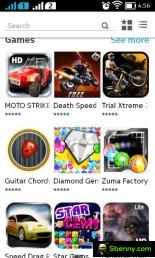


The Nokia Store was a pale shadow of the Google Play Store
Nokia said 75% of all Android apps are compatible with the X platform, developers just had to submit their APK. The other 25% could easily be converted to work without Google’s Play Services (well, at least so Nokia claimed).
A few months later X and X + came the Nokia XL. Yes, it was bigger, but with a 5.0 “display it wasn’t” XL “even by 2014 standards. The IPS LCD kept the resolution at 480 x 800px despite the longer diagonal. , however, a 5MP main camera.
Wait, two updates: the XL had a 2MP selfie camera, the X and X + didn’t. To be honest, the Lumia 520 also didn’t have a selfie camera. Yes, they were super cheap devices ($ 50- $ 100), but how much did a 2MP sensor cost, anyway?
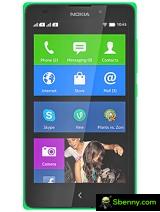
Nokia XL
We’re not sure how well the Nokia X series has done. For a brief moment it looked like the X phones had gotten 1 million pre-orders in China. It turned out to be some kind of translation error: JD was running a pre-order campaign and offered the chance to win a free Nokia X if you clicked a button (which was free, no deposit needed). So, a button was clicked 1 million times. Nobody knows how many phones have actually been sold to consumers.

The confusion didn’t stop there: people thought that Microsoft had eliminated the X series and therefore that the Nokia X2 had been canceled. The X2 surprised everyone by going on sale in Russia and Pakistan for € 115- € 125.
The Nokia X2 was a slight upgrade from the original, not that we expected more after a few months. It extended the screen to 4.3 inches (still 480 x 800 px) and included Nokia’s ClearBlack technology, a polarizing filter that greatly improved sunlight readability.
It also ran on more powerful hardware, a Snapdragon 200: the two CPU cores were upgraded to Cortex-A7 (1.2 GHz) and the GPU to Adreno 302. Even better, they had a whopping 1GB of RAM to play with ( storage was still 4GB). The camera on the back has switched to a 5MP sensor, now capable of recording 720p video. There was also a selfie camera, although strangely it only had a 0.3MP sensor (worse than the XL).
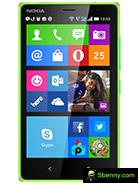
Nokia X2 dual SIM
Although it came out in July, a few months after the original models were launched in March, the Nokia X2 also brought the new generation of Nokia X Platform 2.0. And since Microsoft is Microsoft, the company has announced that the original trio – Nokia X, X + and XL – will not be upgraded to 2.0. It’s like he learned nothing from the loss of consumers due to the Windows Phone 7-8 upgrade fiasco.
The Nokia X Platform 2.0 was based on Android 4.3 Jelly Bean, so people weren’t short of much. However, it’s a kick in the teeth to hear that your phone, which is barely a few months old at this point, is already out of date.
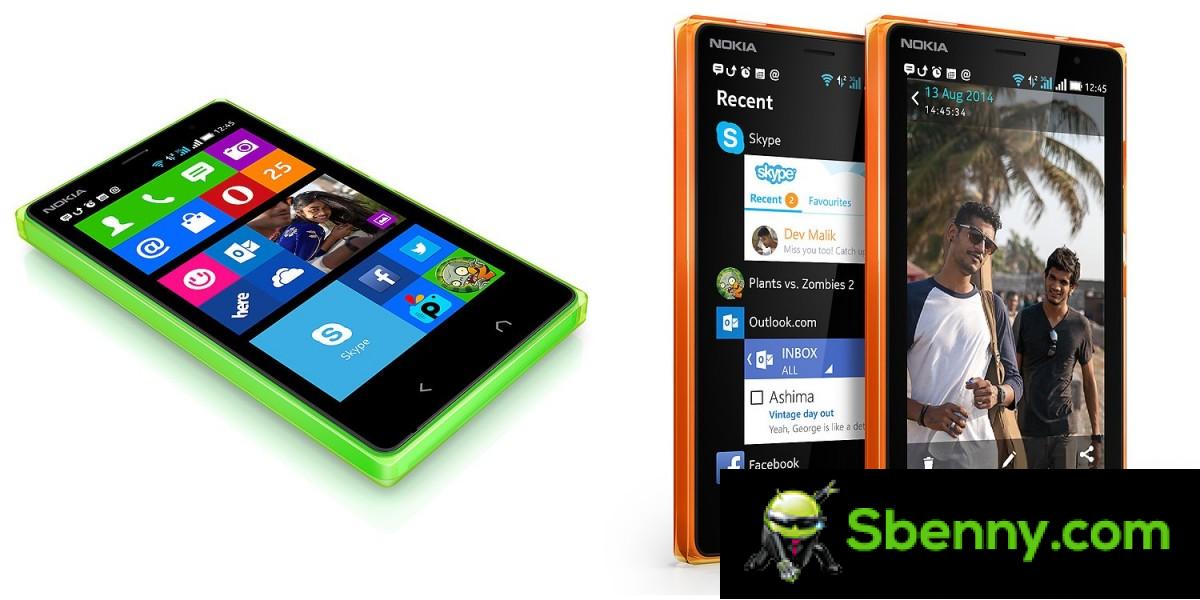
The Nokia X platform itself became obsolete just as quickly. Remember when we said people thought the Nokia X2 was canceled? It wasn’t speculation, Microsoft killed the program and fired 18,000 people. CEO Satya Nadella said future Nokia X models will be repurposed as Windows Phone devices.
This happened in July 2014, shortly after Microsoft completed the acquisition of Nokia’s telephony division (which was renamed Microsoft Mobile) and only six months after the Nokia X platform was first announced. it was as quick as Kin was, but in some ways it was worse: some fans have spent years wishing Nokia would give up on the Windows Phone dream and just use Android. Okay, they probably wanted Android on a high-end device, but the X series was a start.
Later, in 2014, another Nokia-branded device with Android arrived: the Nokia N1. We mentioned last week as this 7.9 “slate was powered by an Intel Atom Z3580. It ran Android 5.0 Lollipop and had the Google Play Store pre-installed. It didn’t use Fastlane, instead, it introduced the Z Launcher (more details in our review ).

Nokia N1
There was no Nokia N2, the division now under Microsoft’s control focused on Windows phones and tablets. We can understand why the leadership didn’t want Android-based distractions as Windows Phone needed all the attention it could get.
Microsoft has a new Android phone these days, the Surface Duo. However, this time around, it partnered directly with Google to incorporate some developments for multitasking on dual-screen devices into Android proper. As for Nokia, it is happy to build 5G networking equipment and does not appear to be in a hurry to get back to making consumer devices.
We don’t know what was going on behind the scenes, but the Nokia X and Nokia N1 don’t seem like a coordinated strategy for adopting Android for low-end devices. Or a coordinated strategy of any kind. Things were really complicated at the time: internal competition killed MeeGo in the cradle in favor of Symbian, which in turn was thrown away in favor of Windows Phone. With that in mind, it’s no surprise that yet another competing phone project from Nokia has failed.

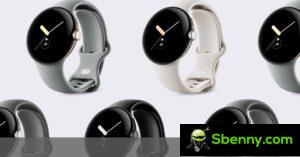


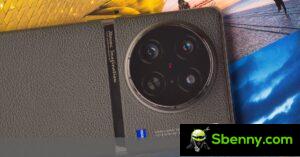

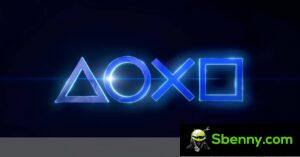
Start a new Thread